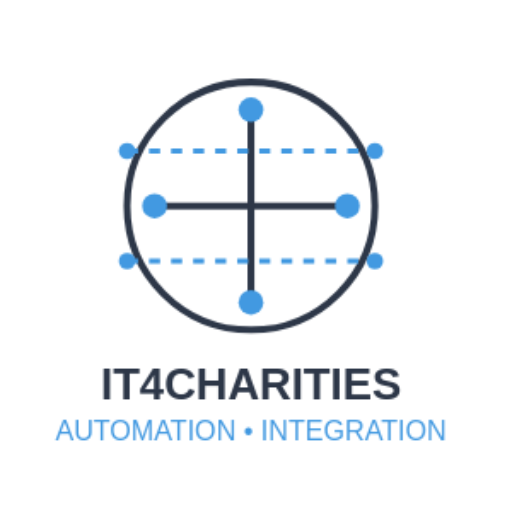From Legacy Systems to Integrated Solutions: The Charity Sector’s Digital Overhaul
The digital transformation of charitable organizations isn’t just about adopting new technology—it’s about revolutionizing how charities fulfill their missions. As the social sector faces increasing demands with limited resources, the transition from legacy systems to integrated solutions has become crucial for long-term sustainability and impact.
Understanding the Legacy System Challenge
Charitable organizations often find themselves constrained by outdated technical infrastructure that undermines their effectiveness. These legacy systems create multiple pain points:
- Fragmented data across disconnected databases prevents a unified view of operations
- Manual processes consume valuable staff time that could be spent on mission-critical work
- Lack of real-time reporting capabilities hampers decision-making and donor communications
- Limited scalability prevents organizations from growing their impact
- Maintenance costs for aging systems drain already tight budgets
The cost of maintaining these systems extends beyond mere inefficiency—it directly impacts a charity’s ability to serve its beneficiaries effectively.
The Power of Integrated Solutions
Modern integrated solutions offer transformative benefits that align perfectly with charitable organizations’ needs:
Enhanced Data Management
Centralized data systems eliminate silos and provide a single source of truth across the organization. This enables better decision-making and more strategic resource allocation.
Improved Operational Efficiency
Automated workflows reduce manual tasks and minimize errors, allowing staff to focus on high-value activities that directly support the organization’s mission.
Strengthened Stakeholder Relationships
Connected systems enable better engagement with donors, volunteers, and beneficiaries through timely communications and personalized interactions.
Data-Driven Impact Measurement
Integrated reporting tools make it easier to track, measure, and communicate the organization’s impact to stakeholders and funders.
Making the Transition: A Strategic Approach
The journey to system integration requires careful planning and execution:
1. Assessment Phase
- Document current workflows and pain points
- Identify critical system requirements
- Map data flows between departments
- Evaluate technical capabilities and constraints
2. Strategy Development
- Define clear integration objectives
- Prioritize system components for integration
- Create a realistic timeline
- Develop a change management plan
3. Implementation
- Choose appropriate integration solutions
- Plan for data migration
- Provide comprehensive staff training
- Execute in phases to minimize disruption
4. Optimization
- Monitor system performance
- Gather user feedback
- Make iterative improvements
- Document best practices
Success Stories in Action
Real-world implementations demonstrate the tangible benefits of system integration:
Food Bank Network Automated inventory management and distribution tracking led to a 40% reduction in food waste and improved service to partner agencies.
Youth Mentoring Program Centralized volunteer management and program tracking increased volunteer retention by 25% and improved program outcome measurements.
Moving Forward
The transition from legacy systems to integrated solutions represents more than a technical upgrade—it’s an investment in your organization’s future impact. While the process requires careful planning and resources, the benefits of enhanced efficiency, improved data accuracy, and stronger stakeholder relationships make it essential for modern charitable organizations.
Next Steps
- Evaluate your current systems and identify key pain points
- Consider how integrated solutions could address these challenges
- Develop a preliminary transition timeline and budget
- Engage stakeholders in planning discussions
Don’t let outdated systems limit your organization’s potential. Start your digital transformation journey today to build a stronger, more efficient foundation for achieving your mission.

